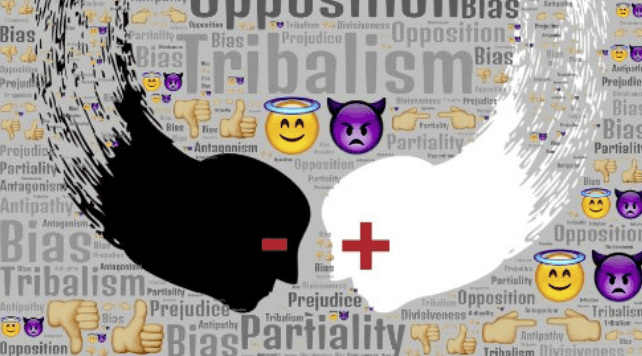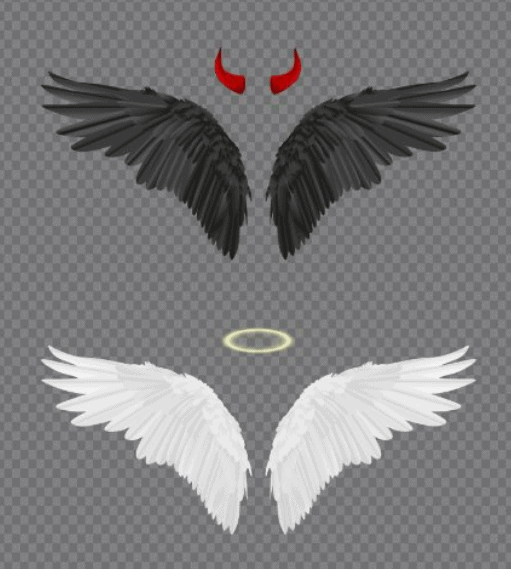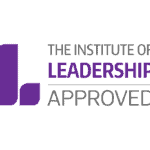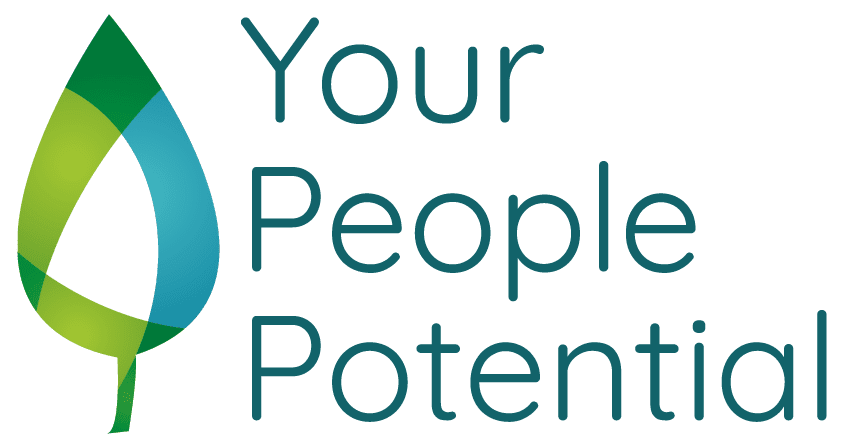“Biases are the stories we make up about people before we know who they are.”
Vernā Myers
Research suggests that we instinctively categorize people and things using easily observed criteria such as age, weight, skin colour, and gender. But we also classify people according to educational level, disability, sexuality, accent, social status, and job title, automatically assigning presumed traits to anyone we subconsciously put in those groups.
The “advantage” of this system is that it saves us time and effort processing information about people, allowing us to spend more of our mental resources on other tasks. The clear disadvantage is that it can lead us to make assumptions about them and take action based on those biases. This results in a tendency to rely on stereotypes, even if we don’t consciously believe in them.

We are hard-wired for bias. Your brain can’t help it. we make decisions about people based on our first impressions, which may include:
- Gender, disability, age, ethnicity – all before we even realise it consciously
- Sexuality – real or perceived
- Attractiveness – media/cultural bias
- My behaviour towards you – warm, smiling…
- Education, qualifications, background, politics (In/Out?)…
- Reputation, others opinions – start with preconceptions
We are making decisions based on stereotypes and our cultural environment, rather than evidence and factual rational information. We are reliant on stereotypes, cultural environment, and google images – all helping us to make information processing short cuts.
We can’t help it – may even be contrary to our genuinely held commitments to valuing E&D and may be held by members of the target group! E.g. women against women applicants, or Jesse Jackson famously and painfully admitting “to walk down the street and hear footsteps and start thinking about robbery. Then look around and see somebody white and feel relieved.“
First impressions: We might make a snap judgement about someone based on their first impression – positive or negative – that clouds the entire interaction. For example, letting the fact that someone is wearing out-of-the-ordinary clothing or has a heavy regional accent take precedence over the their behaviour, knowledge, skills, or abilities.
Confirmation Bias
Confirmation bias is the tendency to search for, interpret, favour, and recall information in a way that confirms or supports one’s prior beliefs or values. (Wikipedia)
This means if we already have a negative bias about someone we are then looking for evidence that backs up the beliefs we have about that individual, we tend to discount the evidence of the opposite being true.
Stereotyping
Stereotyping: Forming an opinion about how people of a given gender, religion, race, appearance, or other characteristic think, act, respond, or would perform in the job – without any evidence that this is the case.
Look at how the media (in particular TV and films) reinforces stereotypes, all people with bad intentions tend to look a particular way and are less attractive than the ‘good guys’ why is that so? In real life bad people are attractive too.
Stereotype threat is a situational predicament in which people are or feel themselves to be at risk of conforming to stereotypes about their social group.
In 1997, researcher Steven Spencer discovered that equally intelligent women performed worse on a challenging math test than did men. However, if before the test, women were first led to believe that women typically perform as well as men on the test, women’s scores were similar to the scores of the men. It seems that the negative stereotype of women’s abilities in math causes women to under-perform on tests.
Common biases

Halo and horns effect – powerful, and potentially harmful.
Clouds your judgment, and has the power to cause you to make sub-standard decisions or hold irrational beliefs.
It is a cognitive bias that causes you to allow one trait, either good (halo) or bad (horns), to overshadow other traits, behaviours, actions, or beliefs.
Attractive people are, on average, thought to be more intelligent even though this isn’t true.
Overweight people are thought to be lazy, which is not necessarily the case.
Affinity Bias

Affinity bias, also known as similarity bias, is the tendency people have to connect with others who share similar interests, experiences and backgrounds.
Affinity bias in the workplace: When we recruit for someone who will ‘fit into the team’, or ‘culture fit’ we are likely falling prey to affinity bias. When hiring teams meet someone they like and who they know will get along with the team, it’s more often than not because that person shares similar interests, experiences and backgrounds, which is not helping your team grow and diversify.
While similarities shouldn’t automatically disqualify a candidate, they should never be the deciding factor, either.
Did you notice how the hands are majority male and 100% white? Wonder what affinity bias is going on for the photographer?
Did you notice the images deemed ‘negative’ in the previous pictures were both black? That is how the media portrays good vs. bad = black vs. white
This creates and feeds a negative stereotype
Eliminating unconscious bias is impossible, so how can we mitigate the impact of our biases?
Mitigating the impact of biases
Individually:
- Notice your habits
- Challenge stereotypes
- Check assumptions – gather broader evidence
- Look after your conscious brain – be well fed, hydrated and sleep well before making decisions
- Lead by example
- Challenge assertively – collective responsibility
- Notice your habits (whether teaching, managing, listen to more attentively, trusted, forgiving of mistakes…)
- Get different view points (e.g. diverse appointment panels)
- Opportunities for contact with others – mentoring, social events
- Drive development programs that tackle the root of how we process information and make decisions.
- Develop leaders and challenge their way of thinking.
- Invite leaders to expand their worldview beyond what they experience on a day to day basis.
- Work at understanding that our brains limit our ability to see the world as it actually is.
Collectively:
- Measure & monitor – stages of recruitment, promotion, assessment…
- Design and use polices well – check for implicit bias
- Share good practice
- Standardise, anonymise where possible
- Reduce stereotype threat
- Support development for others
- Have diverse decision making groups
- Record and retain reasons for decisions
- Challenge our processes and practices around hiring, performance management, promotion, team formation and development, and innovation.
- Move toward merging data collection and decision-making in hiring. Often, good and rigorous hiring practices are totally divorced from the actual decision-making process.
- Increase leaders’ comfort with people in their out-group.
- Improve feedback and coaching skills of leaders.
- Ensure that our competencies and criteria for talent development, promotion, and succession planning are based on business results, such as productivity, engagement, and innovation.
- Make sure that we are using Level II and Level III thinking to create teams based on the nature and the tenor of their tasks, rather than the actual content of their output.
- Make certain that our action plans have individual process components.
Implicit bias is part of human nature, not an unusual moral failing – blame is not appropriate just for having implicit biases
Bias becomes blameworthy if people learn about implicit bias and don’t try to do anything to change
Do not make decisions when cold, tired, hungry etc. decision making the day after the recruitment process.
From http://www.brainardstrategy.com/unconscious-bias-whitepaper/
Unconscious bias assessment on Harvard https://implicit.harvard.edu/implicit/takeatest.html



